Background
To influence more effectively it is important to adapt your influencing style. In this article, we look at 4 influencing styles and how to use them effectively. We need to adapt our influencing style based on who we are influencing and what we are trying to gain from influencing.
The 4 Influencing Styles
As the title of the article suggests, there are 4 influencing styles. These 4 styles fall under 2 different categories known as push and pull.
- Push Influencing – push influencing is about forcing someone to change their mind and come around to your way of thinking. We use the push influencing style to try and move someone in a direction.
- Pull Influencing – pull influencing is about engaging someone with your idea and motivating them to want to change. We use pull influencing to try and make the other person feel involved in the idea so they feel part of it.
Now that we have our 2 categories of influence, we can add the 4 influencing styles under their respective headings.
Push influencing Styles are:
- Persuading
- Asserting
Pull influencing styles are:
- Drawing
- Energising
The Persuading Influencing Style
The first of the 4 influencing styles is persuading. The persuading style sees us using data and rationale to present our argument to show that our idea or proposal works. We make proposals and suggestions that are backed up by data and research.
This provides logic, rationale and reasoning to our proposal and idea. The aim is for the person who is receiving your proposal to be in no doubt that you have a point or reason for your proposal, even if at that point they don’t agree with your idea.
When using the persuading influencing style, we might use statements such as:
- I propose
- I suggest
- I recommend
- I disagree because
The tone of the persuading influencing style is:
- Precise
- Firm
- Unemotional
- Direct
- Rational
- Calm and reasonable
When to use the persuading influencing style:
- When instigating change
- When you need sign-off for a project, budget or resources
- When influencing someone who requires the detail or is interested in the bottom line
- When someone has asked you about your rationale
- When evidence or data exists
The Asserting Influencing Style
The second of the 4 influencing styles is asserting. When using the asserting influencing style we make more demands than in the persuading style. Rather than using data, we attempt to use control. We state what it is we want and why we want it. It can be described as pressurising.
It is often suggested that in order to use this style person using it should have a position over the people being influenced, for example, higher in the hierarchy. This isn’t strictly true because if we understand what assertiveness is, then we understand that anyone can be assertive. The issue is, whether the people being influenced want to listen.
When using the asserting influencing style, we might use statements such as:
- I want
- I expect
- I need
- I want
- I don’t like
- I’m pleased
- If you will, then I will
The tone of the asserting influencing style is:
- Strong
- Firm
- Clear
- Direct
- Insistent
- Demanding
When to use the asserting influencing style:
- For procedural change
- When legislation dictates that we have to do something
- When we need a fast decision
- When the relationship with the others is not deemed as important as the decision
The Drawing Influencing Style
The third of the 4 influencing styles is Drawing. When using the drawing style we encourage those that we are trying to influence into the conversation with us. Our aim is to make them feel part of the vision and part of the idea and solution. The style uses rapport and agreement to gain consensus and therefore bring others around to your way of thinking.
The style also allows us to temperature check their feeling about what we are presenting to them – giving us a clue as to where any resistance to our idea may come from. We can then reconsider our approach and ensure that our pitch or presentation deals with any potential resistance before it is raised.
When using the drawing influencing style, we might use statements such as:
- What do you think
- How do you feel about
- What are your thoughts on
- What you are saying is
- Help me to understand how
The tone of the drawing influencing style is:
- Relaxed
- Open
- Concerned
- Inviting
- Mirroring
When to use the drawing influencing style:
- When you need consensus
- When you need others to buy into your idea but need the keep the relationship intact too
- When the idea or action impacts the people you are influencing
- When you need others help and support
The Energising Influencing Style
The fourth of the 4 influencing styles is Energising. When using the energising style we are essentially trying to motivate those we are trying to influence through energy, passion and enthusiasm. It’s like we use a rallying cry! The idea behind the style is that our enthusiasm becomes infectious and this influences others to share our feeling of enthusiasm and positivity.
If we have people feel like this, it becomes much easier for them to agree to do what we are asking.
When using the energising influencing style, we might use statements such as:
- I believe
- Together we can
- Imagine (a picture of the future)
- I can see
The tone of the energising influencing style is:
- Upbeat
- Enthusiastic
- Positive
- Engaging
- Expressive
- Fun
- Energetic
When to use the drawing influencing style:
- When you only have a vision but not the detail
- When you need to lift the mood of the people you are influencing
- When you are talking about a concept
- When creating change
Mixing and Matching Styles
Although there are 4 influencing styles described above and each appears to have its own specific way – we can actually mix and match styles in the same conversation. This can become part of your influencing strategy where you use different styles for different parts of your pitch.
You can also consider which style to use based on the personalities of the people you are trying to influence. If you understand their personality, you will see that each style is appropriate for certain personalities whereas in others it might repel the person you are trying to influence.
Further Learning
If you wish to find out more about the 4 influencing styles and develop your own influencing style and skills, then a negotiation and influencing skills training course will help. Take a look at our Negotiation and Influencing Skills Training Course for more details.





